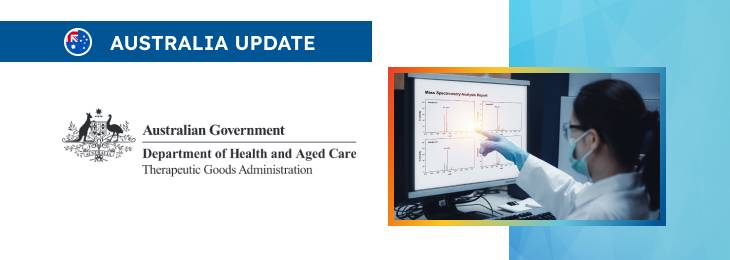The article highlights the critical points related to the regulatory status of certain software products.

Table of content
The Therapeutic Goods Administration (TGA), an Australian regulating authority in healthcare products, has published a consultation paper dedicated to clarifying how Clinical Decision Support System software is regulated.
The document is intended to initiate public consultations and collect feedback on the matter from industry representatives.
Introduction
The TGA plays a pivotal role in ensuring the safety and efficacy of therapeutic goods, including medicines, medical devices, and biologicals.
The agency is committed to maintaining an appropriate and sustainable regulatory regime, thereby guaranteeing access to safe therapeutic products for healthcare professionals and patients.
In recent reforms, particular attention has been given to regulating software-based medical devices.
These efforts aim to refine regulatory boundaries, reduce unnecessary oversight, and align with international standards wherever feasible, especially concerning products such as CDSS software with minimal risk profiles.

Regulatory Background
The TGA’s sphere of regulatory responsibility covers a broad spectrum of therapeutic goods as defined under the Therapeutic Goods Act 1989.
This includes a variety of software-based medical devices, ranging from standalone software to AI-enabled systems.
The pathway for these products typically requires pre-market approval and inclusion in the Australian Register of Therapeutic Goods (ARTG), supported by substantial manufacturer evidence to demonstrate safety and fitness for purpose.
However, amendments in 2021 have carved out exemptions for certain types of software, including some CDSS applications, from stringent pre-market approval processes, even though they still necessitate compliance with essential principles and advertising standards.
Clinical Decision Support System (CDSS) Software
According to the document, CDSS software represents a category of technology-driven products designed to augment clinical practice through data aggregation, analysis, and display.
These systems support healthcare professionals by providing recommendations based on various inputs without directly making diagnostic decisions.
Examples include multiple solutions, from mobile applications to cloud-based services, all unified by their function to enhance evidence-based clinical decisions through prompts and suggestions.
The authority acknowledges that the variety of implementations of CDSS software raises questions regarding their regulation and the appropriate scope of oversight.
Conditional Exemption for Certain CDSS Software
In 2021, the TGA introduced a conditional exemption for specific CDSS software, permitting these to bypass ARTG inclusion provided they meet defined criteria focusing on their intended use, functionalities, and the nature of their recommendations.
This exemption is based on the software’s role in supporting healthcare professionals without supplanting their clinical judgment or directly analyzing medical imagery.
At the same time, the authority additionally emphasizes that exempt CDSS software must still adhere to critical regulatory obligations, including safety principles and adverse event reporting.
Non-exempt Software
On the contrary, software failing to meet the exemption criteria must undergo the traditional approval route and be listed in the ARTG.
This includes software aimed at consumers or patients, those involved in diagnostics, or CDSS-labeled products that undertake diagnostic decisions or rely on opaque methodologies.
This distinction reflects the approach followed by the authority to establish the proper balance between facilitating the development and use of innovative software solutions and ensuring public safety.
Emerging Challenges and Regulatory Clarifications
Stakeholder feedback and observed misuse of CDSS software exemptions highlight the need for further regulatory clarifications and guidance.
In particular, the authority mentions a gap in understanding what constitutes CDSS software, the application of conditional exemptions, and the regulatory responsibilities of suppliers within Australia.
Addressing these concerns is vital to mitigating public health risks associated with improperly exempted software, necessitating a proactive dialogue among stakeholders to refine and enhance the regulatory framework for software-based medical devices.
Conclusion
The present document further elaborates on the regulatory approach followed by the TGA to ensure the safety of patients while creating a favorable environment for developing and using software-based products in the healthcare sector. The document provides the rationale behind the approach introduced by the authority and highlights the key points to be considered by medical device manufacturers (software developers) and other parties involved.
How Can RegDesk Help?
RegDesk is a holistic Regulatory Information Management System that provides medical device and pharma companies with regulatory intelligence for over 120 markets worldwide. It can help you prepare and publish global applications, manage standards, run change assessments, and obtain real-time alerts on regulatory changes through a centralized platform. Our clients also have access to our network of over 4000 compliance experts worldwide to obtain verification on critical questions. Global expansion has never been this simple.

